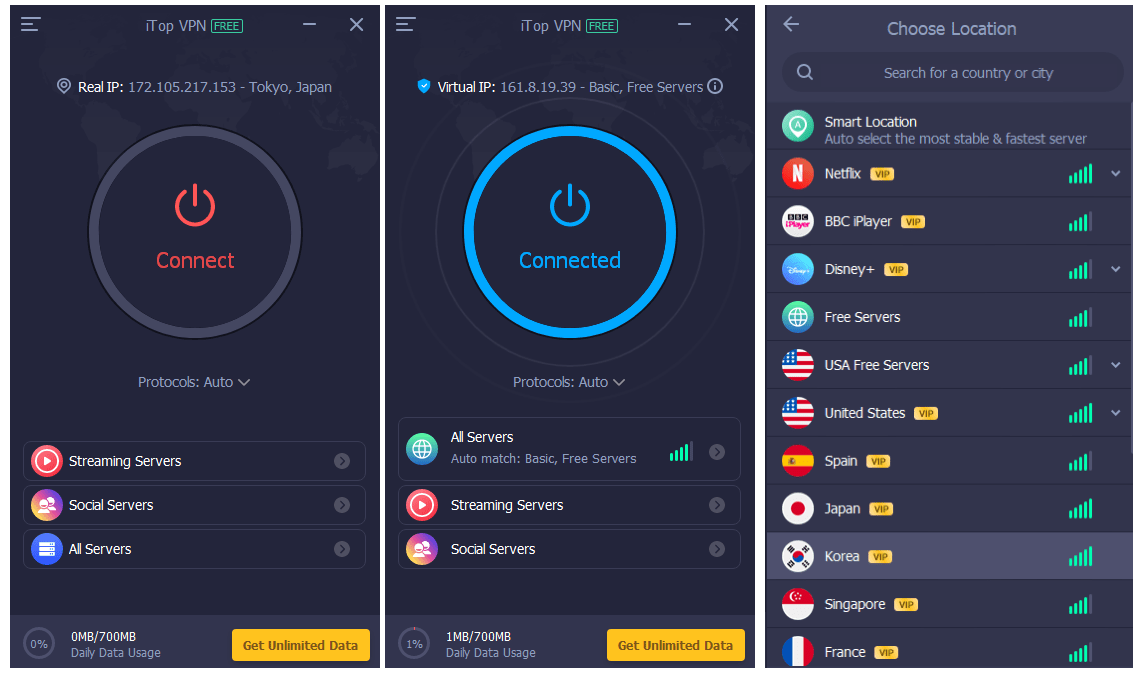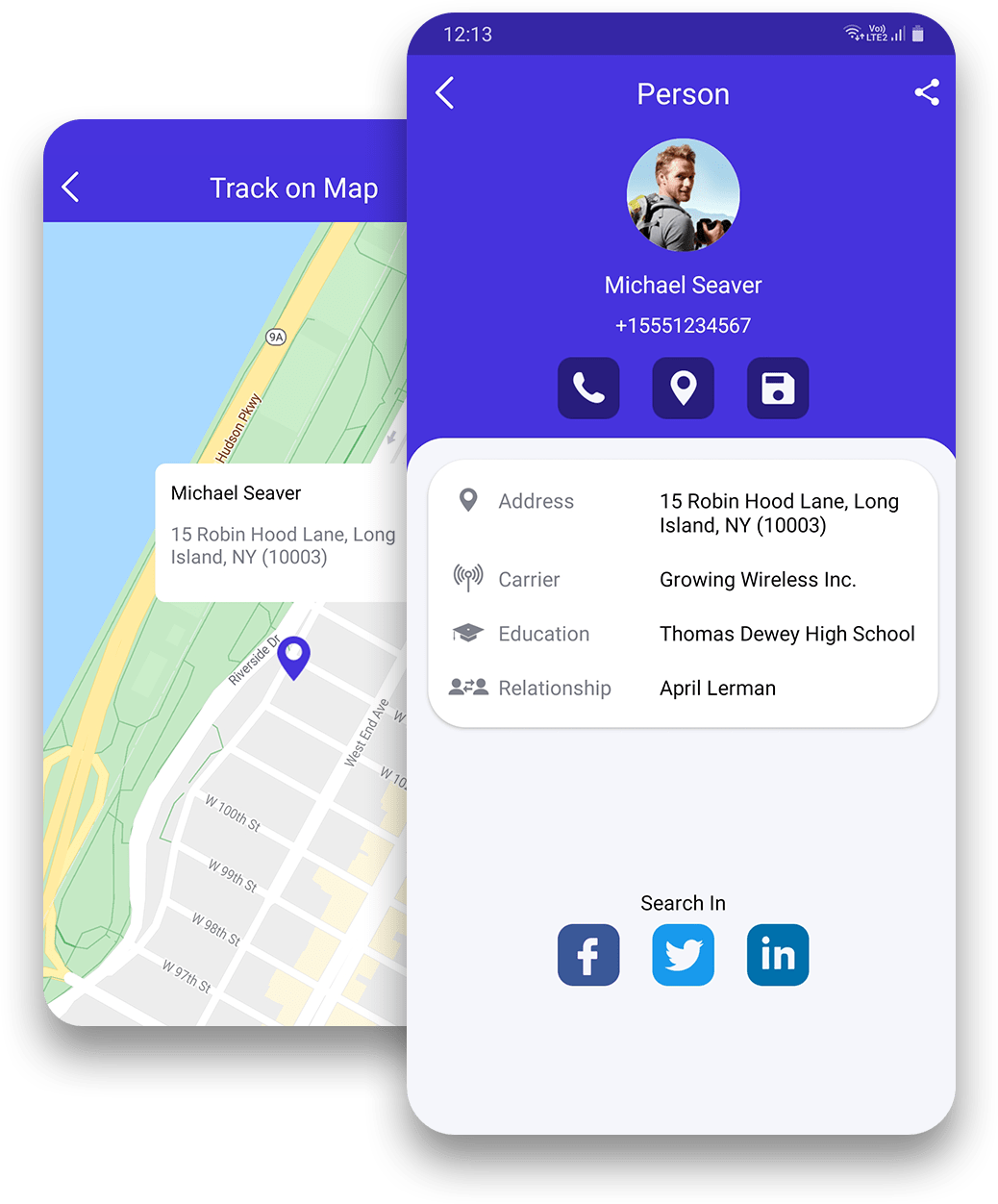
We begin each day by walking to work from our front door. All living things must have access to clean air to breathe. Our health is significantly impacted by the air we breathe. Air pollution is a major issue in every area right now. It makes little difference whether the air pollution comes from inside or outside. As hazardous as outdoor pollution is indoor pollution.
According to a WHO statistic, 8 million people worldwide die yearly due to air pollution. Among these, 4.2 million are attributable to outdoor pollution and 3.8 million to indoor pollution. In actuality, the COVID-19 pandemic will cause about 6 million deaths through March 2022, fewer than the number of deaths brought on by air pollution.
Exactly how is air quality assessed?
Numerous things influence the air quality data of a place. Together, those components make up the Air Quality App, an almost universal statistic (AQI). The AQI for a particular site is influenced by factors like the time of day, how intense the pollutants are, and the types of pollutants present. Since there is a time component, AQI is frequently divided into ranges. Each range has a descriptor, color designation, and standard recommendations such as Poor, Dangerous, and others.
Five benefits of utilizing air quality apps
A few factors make an air pollution application beneficial on your phone. The crucial ones are as follows:
- Avoiding areas with high levels of air pollution – by regularly checking the air quality in your city, you can identify any areas that are particularly polluted. In this situation, you can make better choices and, for instance, walk to a remote position.
- Scheduling your activities to occur at times of the day when air pollution is low – some days and periods of the year have significantly lower concentrations of noxious compounds in the air. Arranging your outdoor activities properly and taking advantage of them is worthwhile.
- Monitoring individual personal exposure to pollution over time is possible if you can access real-time data made available via an air quality app.
- Discovering various elements and chemical compounds examined by a pollution monitoring app may inspire you to investigate the topic in further detail & discover more about the impacts of smog on human health.
- Finding measures to reduce air pollution exposure is important since individuals frequently underestimate the issue without concrete evidence. After learning about air pollution, you might wish to limit your exposure to dangerous pollutants for your health.
Ambee air quality app
Ambee’s Air Quality API revolutionizes air quality predictions with worldwide hyper-local real-time air quality data. Data models are created to put data validation first and deliver precise data with useful insights. Applications for air-sensitive sectors can easily incorporate these data insights.
Ambee combines on-ground sensors, satellite images, and statistical inference to gather air quality data, ensuring the highest availability and accuracy. Unique AI-powered algorithms analyze the data to evaluate and offer reliable real-time air quality data. People can get advice from air quality data on whether to walk their dog, take a safer route to work, or go for a run.
Global warming is also significantly exacerbated by air pollution. People can prevent themselves from vulnerability to breathing in low air quality levels by being aware of air quality statistics.
Access to worldwide real-time, hyper-local air quality data is made available by the Air Quality API. To improve user experience, product sales, and performance, air quality data offers practical insights and suggestions that may be easily incorporated into any product, network, or application.
Ambee is a network of air quality data that strives to make cities smart, individuals healthier, and informed about air pollution decisions. Ambee’s solutions anticipate and forecast air quality with better detail and accuracy over low-cost sensors just on the market by combining satellite and meteorological data with fine-grained IoT data. The business can estimate the air quality in a city on a block-by-block level anywhere in the world with incredible precision.
Ambee connects AQI (Air Quality) sensors, temperature, carbon emission sensors, dust, humidity data, noise, and UV sensors to a Bluetooth as well as a Wi-Fi module to submit data to a central Web server, which transforms it into user-friendly information intended as a dashboard on a Web app. This data is then used to develop and refine Ambee’s models.
Ambee’s technology, in contrast to traditional air quality monitors, creates data models utilizing proprietary and open-source data. Ambee can scale its solution to support private and public efforts to alleviate hazardous air pollution thanks to these factors. Policymakers, healthcare experts, researchers, and insurance underwriters are just a few groups already interested in its offering.
Conclusion
- Based on the AQI statistics, you can choose daily whether you should wear a mask or not when engaging in any outdoor activity.
- You may schedule your trip earlier.
- If you’re inside your house, workplace, or other indoor space as a business customer, you can use the app’s air quality monitor to check the AQI forecast data. And you’ll be able to determine whether you need a purifier or fresh air machine or just need to simply avoid a certain area that day.








